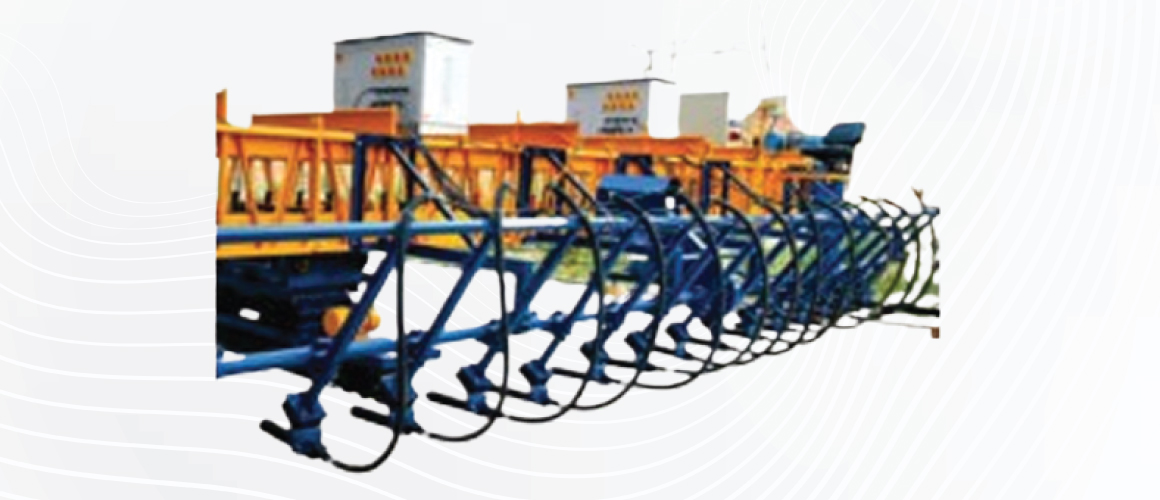Can Waterparks use Canal Pavers to Build Safer and long-Lasting Artificial Water Bodies?

Artificial water bodies are at the heart of any waterpark, forming the base for pools, lazy rivers, wave lagoons, splash pads, and decorative streams. While these features are designed for entertainment, they also demand a high level of durability, slip resistance, and long-term safety. That’s where canal pavers are beginning to draw attention—not just as a construction material, but as a serious alternative to traditional surfacing methods.
So, can waterparks actually use canal pavers to build safer and longer-lasting artificial water bodies? Let’s break this down from both a construction and maintenance standpoint.
Why surface material matters in waterpark infrastructure?
Surface selection is more than an aesthetic decision; it directly influences structural longevity, water retention, public safety, and ongoing maintenance. In water-rich environments like waterparks, where surfaces are constantly exposed to water, UV rays, pressure cleaning, and foot traffic, traditional concrete or ceramic tiles often face issues like:
- Cracking due to thermal expansion and contraction
- Loss of adhesion over time
- Algae and mold growth in joints
- High maintenance costs from frequent repairs
These issues eventually lead to frequent downtimes and rising costs. That’s where canal pavers offer a more robust, low-maintenance solution.
What are canal pavers and how are they different?
Canal pavers are pre-cast concrete or composite-based pavers originally designed for lining irrigation canals, spillways, and stormwater channels. These pavers are engineered to handle continuous water flow, resist erosion, and stay structurally stable under extreme weather and pressure.
What sets them apart?
- Interlocking design: Most canal pavers come with interlocking edges, reducing displacement and improving surface stability.
- Textured surface: Their surface finish is often slip-resistant by default, which is ideal for wet environments.
- Load capacity: Originally made to handle heavy water flow and sometimes machinery access, they can bear substantial load and abrasion.
- Longer lifespan: Their structural integrity and erosion resistance significantly reduce the frequency of surface replacement.
This makes them highly compatible with the specific conditions found in waterparks.
Benefits of using canal pavers in waterpark artificial water bodies?
If integrated correctly, canal pavers can offer a range of functional and economic benefits for waterparks, including:
1. Enhanced slip resistance
Most canal pavers are textured or grooved to improve traction under wet conditions. For waterparks, this feature can help reduce the risk of slip-and-fall incidents, especially around lazy rivers or walkways adjoining artificial streams.
2. Improved water drainage
Thanks to the interlocking joints and modular design, canal pavers allow for controlled water drainage. This can prevent water pooling in undesired zones and reduce maintenance headaches related to stagnant water or seepage.
3. Resistance to erosion and chemical wear
Unlike tiles or uncoated concrete, canal pavers resist erosion caused by chlorinated water, detergents, or exposure to sunlight. This is critical for structures like wave pools or splash pads where surface coatings often degrade quickly.
4. Easier modular repairs
In the event of damage, canal pavers can be individually removed and replaced without tearing up entire sections. This minimizes downtime and repair costs, especially during peak visitor seasons.
5. Long service life with minimal cracking
Canal pavers are made to endure flow pressure and ground movement without breaking down or developing deep cracks. This is especially useful for areas that undergo frequent temperature variations or structural flexing due to water pressure.
Key considerations before adopting canal pavers
Despite the advantages, there are a few things to keep in mind before jumping into using canal pavers in waterpark settings:
- Waterproofing layer compatibility: Canal pavers usually need to be installed over a waterproof barrier or treated base to prevent seepage into the subsoil.
- Surface temperature: Depending on the material composition, some pavers might absorb heat. For exposed areas, opt for UV-resistant variants to avoid overheating.
- Design adaptability: While they work great in linear and shallow layouts, integrating canal pavers into curved or freeform pools may require custom cutting or hybrid solutions.
- Regulatory compliance: Waterparks must adhere to strict safety codes. The material used, including canal pavers, must meet slip resistance, hygiene, and structural standards set by local authorities.
Effective Use of Canal Pavers in Waterparks
While not every water feature may be ideal for canal pavers, here are some spots where they work especially well:
- Lazy rivers and artificial canals
- Decorative streams and shallow ponds
- Walkways around pools and splash zones
- Spillover basins and maintenance channels
- Structural bases for water slides or entry ramps
Conclusion
Yes, waterparks can use canal pavers to build safer and longer-lasting artificial water bodies—provided the installation is done right and the paver specifications match the intended use. Their strength, durability, and slip resistance offer a meaningful upgrade over conventional surfacing materials, especially in environments with heavy water exposure and high foot traffic.
For park operators aiming to cut down on frequent repairs while improving visitor safety, canal pavers are worth considering as a long-term investment in both performance and practicality.
Do you correlate this with your water park infrastructure requirements? – Drop us a line with the comfortable time to us at info@aaspaequipment.com and we can discuss further!
